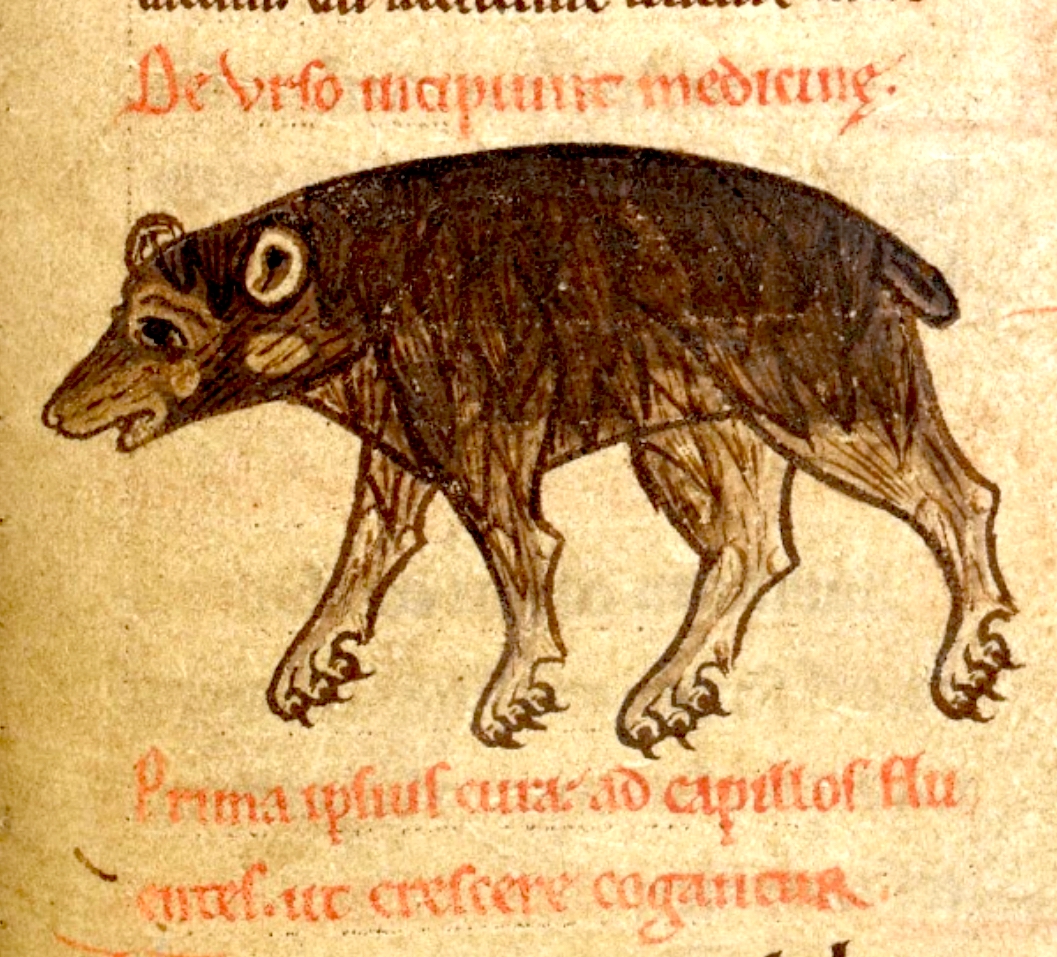daemonica

Web site describing the Lingua Daemonica conlang.
Phonology and such
Alphabet
We will describe and use, in this grammar, a romanization for Daemonica, although since the language is historically more often spoken than written, there is no true standard orthography. This system has the following letters:
a ā æ ã b d ð e ē f g ģ h i ī j k ķ m n ŋ o ō p r s š t þ u ū ü ũ v w x y z ž
The following consonants have pronounciations different from their IPA values, or from typical English spelling:
- ð as in this
- g always hard, as in goose
- ģ /ɣ/ the voiced version of ķ below, as in the Arabic letter ghayn
- ķ /x/ the unvoiced velar fricative, as in the German ich and Scottish loch
- ŋ as in sing
- r /ɹ/ as in run
- š /ʃ/ as in sheep
- þ /θ/ as in think
- y /j/ as in yes
- ž /ʒ/ as in measure
The fricative pairs ‹f/v›, ‹ķ/ģ›, ‹s/z›, and ‹š/ž> are each two allophones of the same phoneme; the voiced allophone only appears when it is between two other voiced phonemes (/ɑrθuː/ → [ˈɑrðuː] ‹arðū› “or”).
Vowels ‹e›, ‹o›, and ‹u› are pronounced according to their IPA values (approximately as in may, go, boot); ‹a› is generally pronounced /ɑ/ as in hot; ‹æ› is generally /ɛ/ as in bed; ‹ü› is generally /y/ as in German über or French tu.
Vowels may be either long or short, and the distinction is phonemic, as in Finnish. In the alphabet above, a vowel with a macron or tilde is the long version of the letter preceding it. (Contrast tatorhu faharpu, “angry bear,” with tatorhu faharpū, “curious bear.”)
Phonology
For IPA purists, these tables show the phonemes and allophones:
Consonants
| labial | dental/ alveolar | post-alveolar | dorsal | glottal | |
|---|---|---|---|---|---|
| nasal | m | n | ŋ | ||
| plosive | p, b | t, d | k, g | ||
| sibilant | s [z] | ʃ [ʒ] | |||
| fricative | f [v] | θ [ð] | x [ɣ~ʁ] | h | |
| approximant | w | ɹ | j |
Vowels
| front | near-front | back | |
|---|---|---|---|
| close | i, iː | y, yː | u, uː |
| close-mid | e, eː | o, oː | |
| open-mid | ɛ, ɛː | ||
| open | ɑ, ɑː |
Vowel alternation rules
As mentioned above, Daemonica uses vowel alternation to indicate the depth of the stack. The depth can only be presumed to be zero at the very beginning of an utterance, and therefore, the zero depth does not need to be represented by an inflection. The level-1 inflection is always used as a word’s citation form.
Using tatorhu as our paradigm, the complete list of possible inflections is:
| 1 | tatorhu | 8 | tutarho | 15 | toturha |
| 2 | taterhi | 9 | titarhe | 16 | tetirha |
| 3 | tütærhe | 10 | tetürhæ | 17 | tæterhü |
| 4 | tütorhu | 11 | tutürho | 18 | toturhü |
| 5 | titarho | 12 | totirha | 19 | tatorhi |
| 6 | titærhe | 13 | tetirhæ | 20 | tæterhi |
| 7 | tutürhæ | 14 | tæturhü | 21 | tütærhu |
Note that after seven levels, the same vowels are reused, but in rotated positions.
A one-vowel word stem uses the same vowel as the final syllable of a polysyllabic word (tū, “us”); a two-vowel stem uses the first and last vowels of the paradigm (fabur, “chase”). In stems with more than three vowels, the middle vowel of the paradigm is repeated (tatorhohŋhu, “teddy bear”). Syllables containing semivowels are ignored by the alternation rules.
Prefixes use the first vowel of the paradigm (bvatatorhu, “is a bear”); suffixes use the last (tatorhuvu, “one bear”1).
Because many phoneme combinations can never appear in the same word (taterhu is invalid), and because every speaker of Daemonica is also natively fluent in a different language, there may be considerable variation in how each vowel phoneme is realized. A native speaker of American English, for example, might realize both /o/ and /e/ as [ə], while a Briton might realize /e/ as [ɛ̝] and /ɛ/ as [æ].
Phonotactics
The nucleus of a Daemonica syllable is one of the semivowels (/m/, /n/, /ŋ/, /w/, /ɹ/, or /j/), a short vowel, a long vowel, a short vowel followed by /ɹ/, or a short vowel followed by /j/. The onset may be a non-glottal fricative (/s/, /ʃ/, /f/, /θ/, or /x/), a plosive, or both, in either order. If both of these are omitted, /h/ is inserted—except at the beginning of a word: for instance, aybur is the word for “or” in the sense of “I can outrun the bear or outrun you,” but its nominalized form, meaning “choice,” is sbahaybur.
Note that, for example, pfur, “see,” is pronounced [p͡fuɹ], not [pə.fuɹ], and džardrdžur, “oven,” is pronounced [d͡ʒɑɹ.dɹ̩.ʤuɹ], not [d͡ʒɑɹd.əɹ.d͡ʒuɹ].
Stress falls on the first vowel of the stem, so tatorhu is pronounced [ˈtɑ.toɹ.hu], but bvatatorhu is pronounced [b͡vɑˈtɑ.toɹ.hu]. In a stem formed as a compound of multiple roots or by duplication of a syllable, there may be secondary stress on the first vowel of the other roots, or on the duplicated syllable: tatorhozpuvu, “one polar bear,” is pronounced [ˈtɑ.toɹ.hoˌz͡pu.vu], and tatorhohŋhu, “teddy bear,” is [ˈtɑ.toɹˌho.hŋ.hu].
A vowel followed by /ɹ/ in a non-accented syllable may be realized as the r-colored variant of the vowel instead of as two phones: thus, tatorhu may also be [ˈtɑ.to˞.hu].
-
In the lexicon, the “singular” suffix is listed under -fu; it becomes -vu due to the voicing assimilation described above. ↩